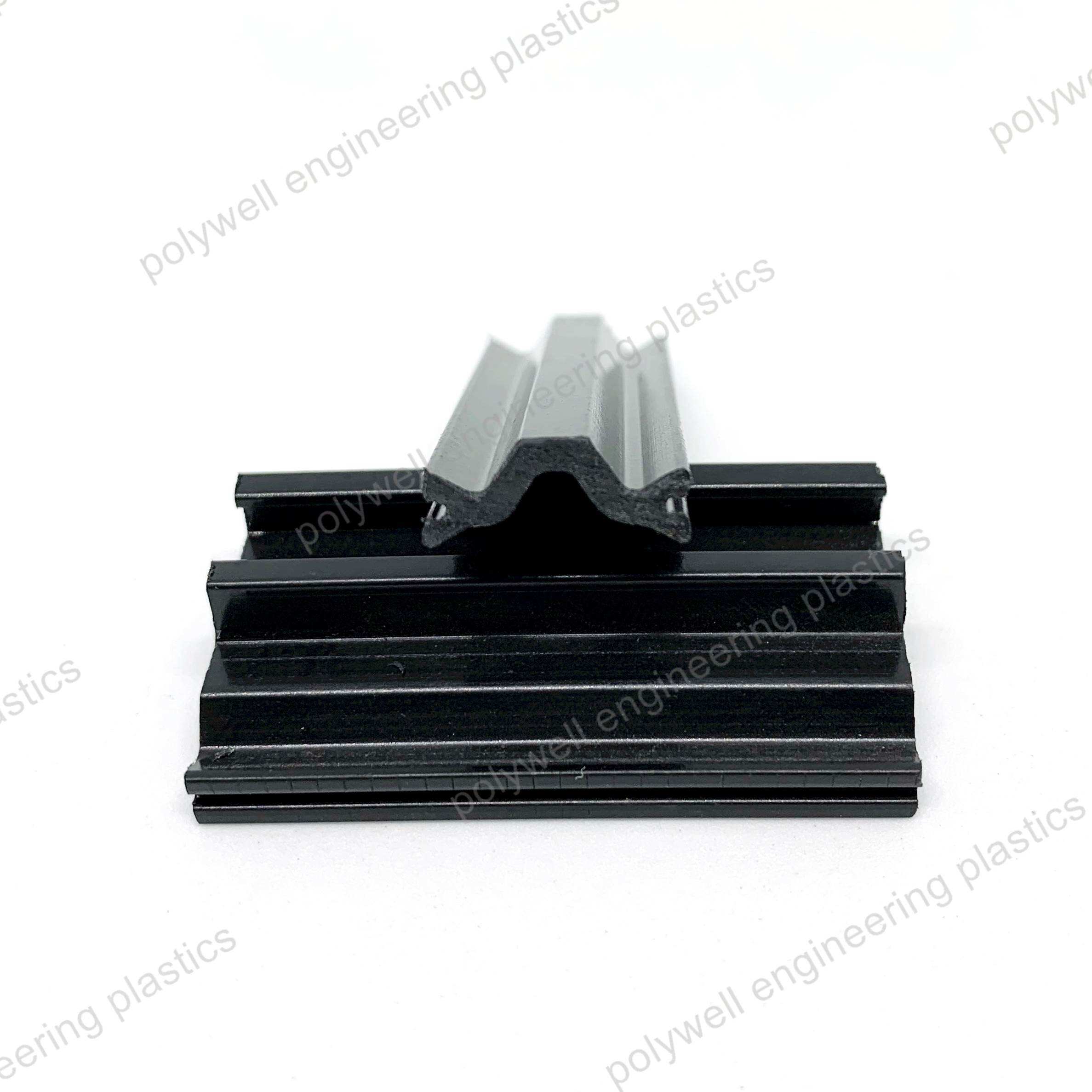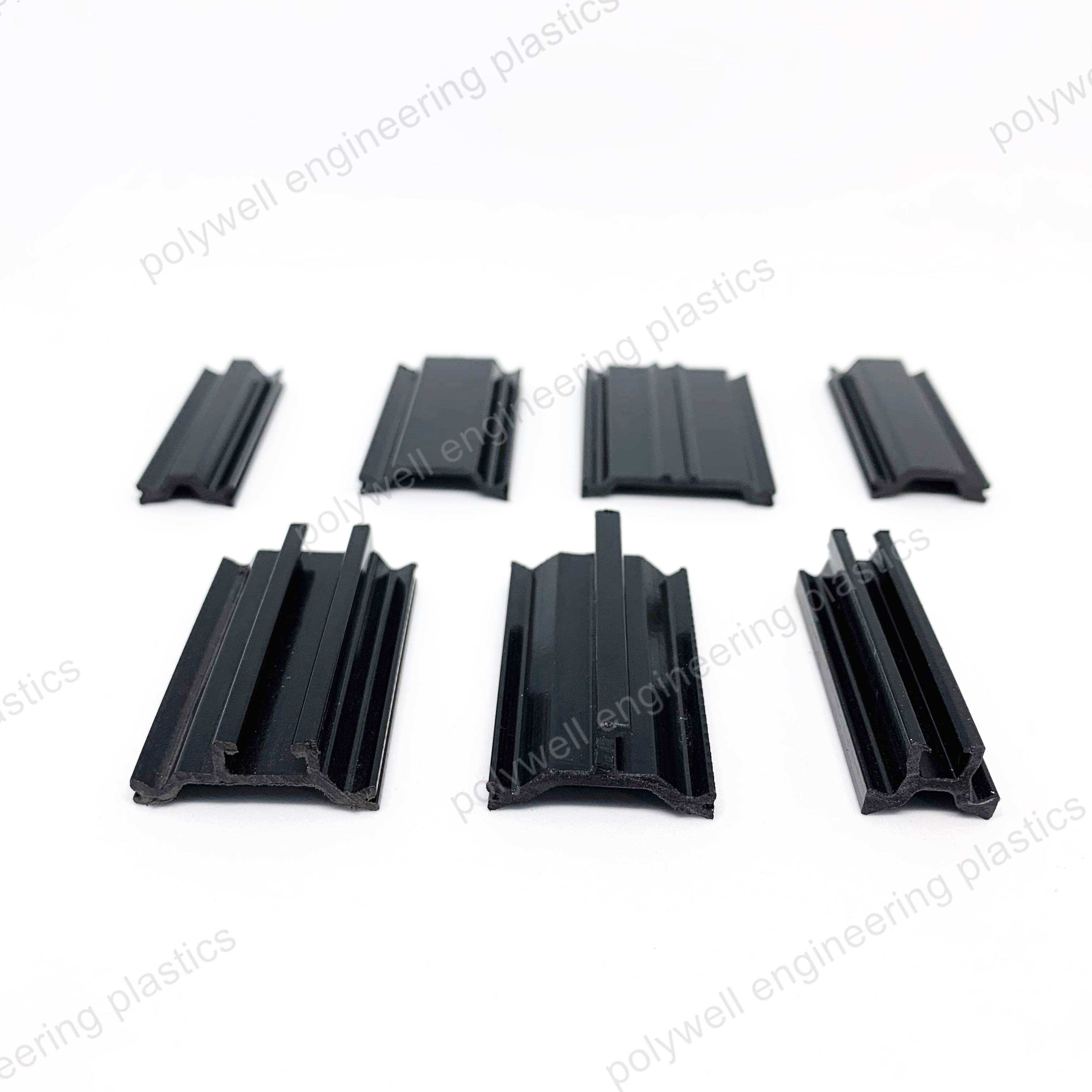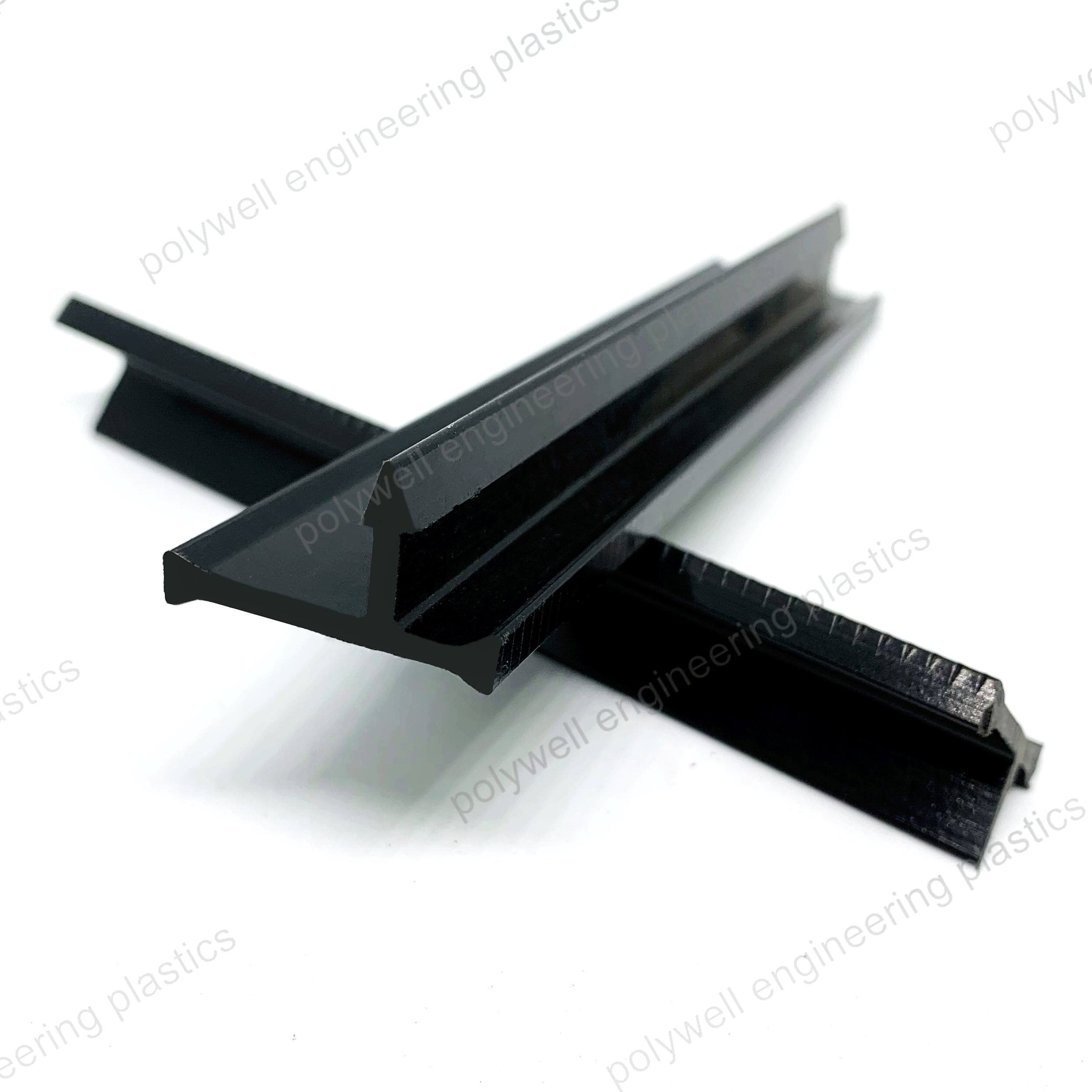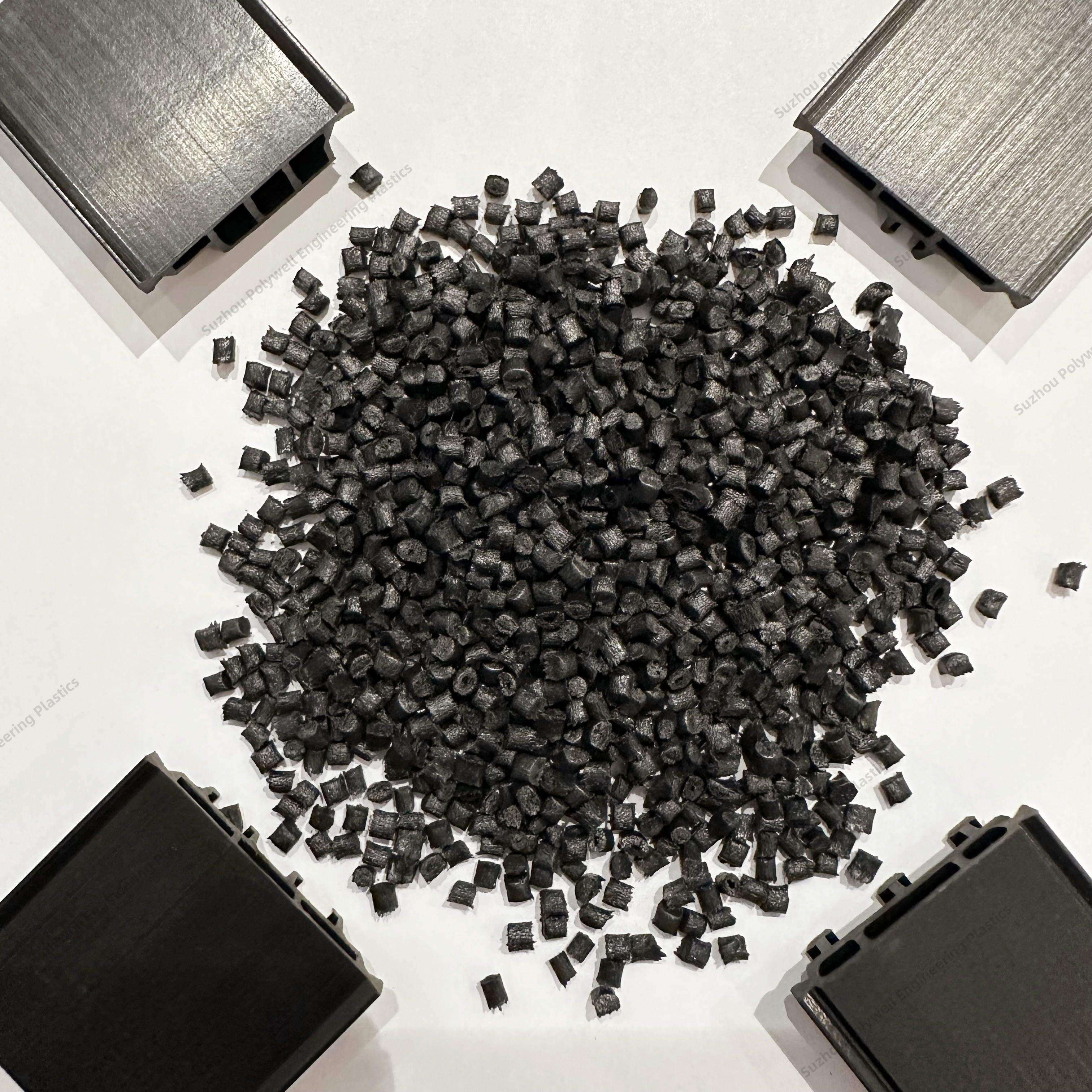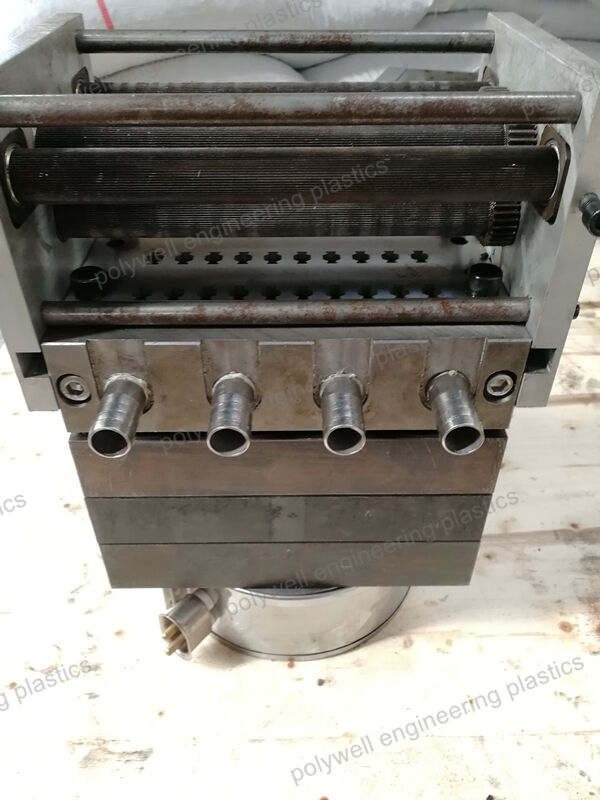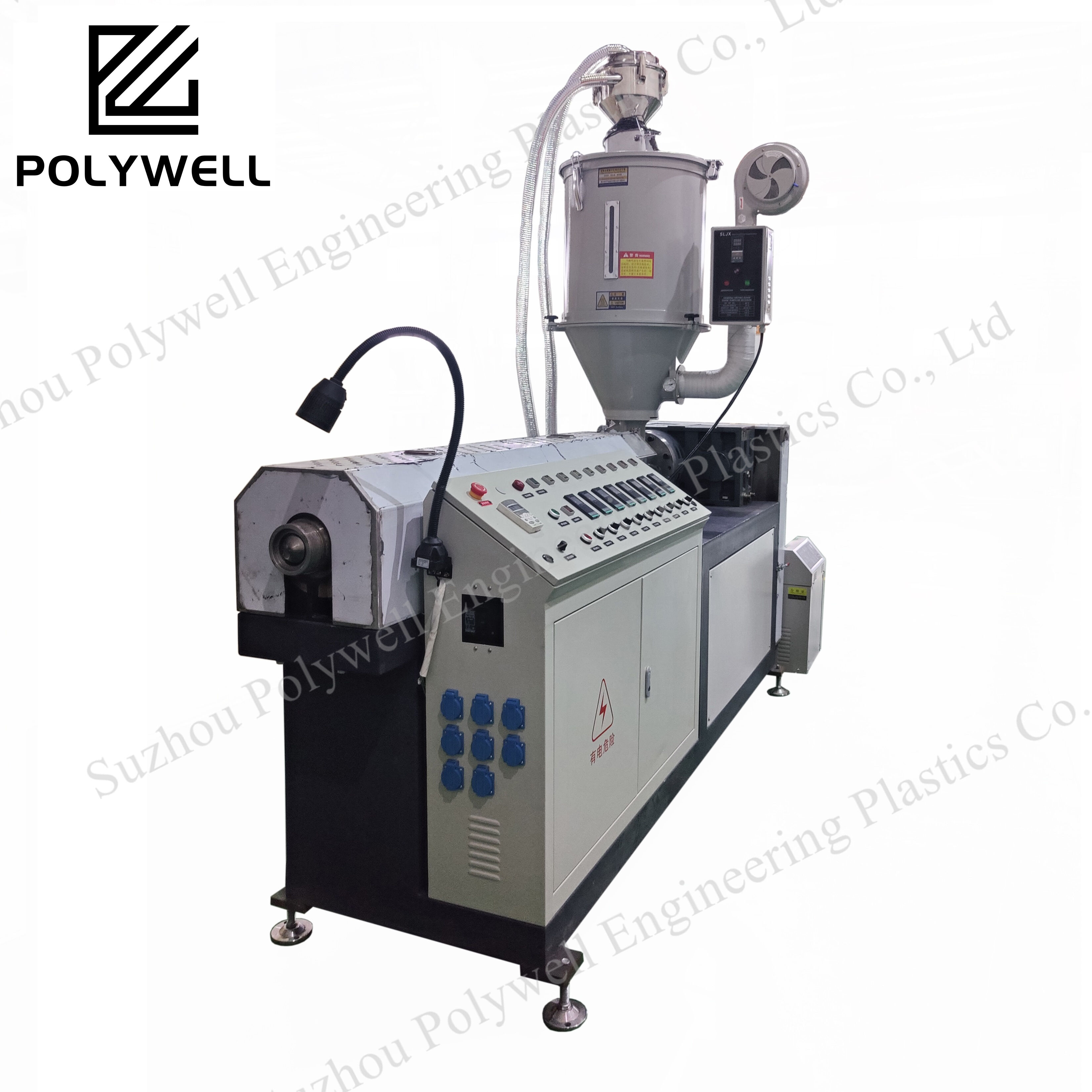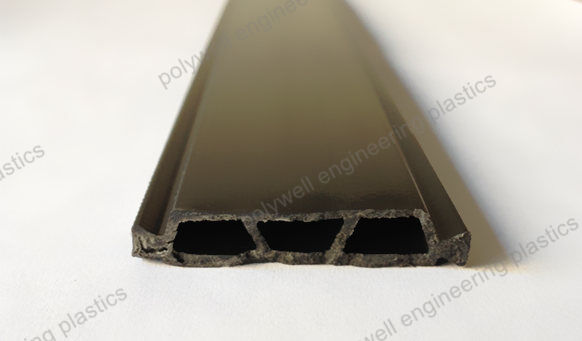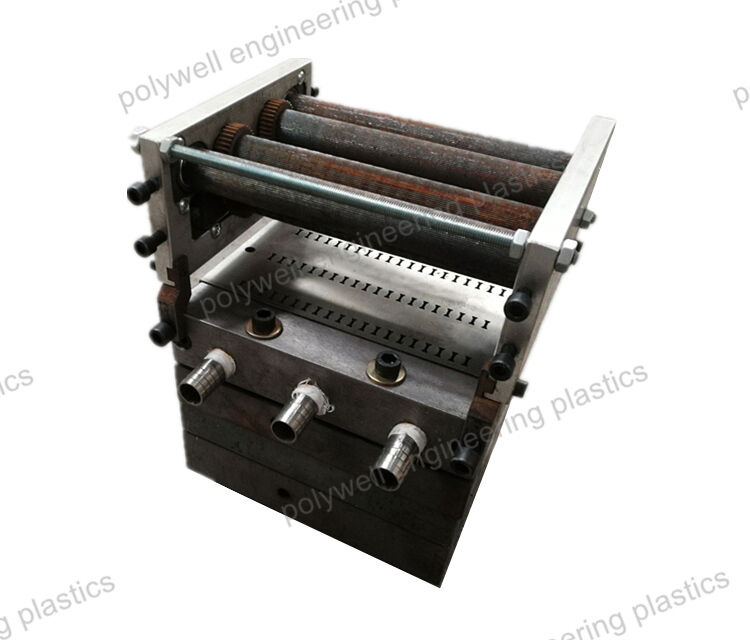Polyamide Bar Thermal Break Strip (14.8mm) Sound Insulation Profile with Customized Type
Nylon Chain Guide Profile Rail Guide Runway Guide PA66 Profile
- Overview
- Recommended Products
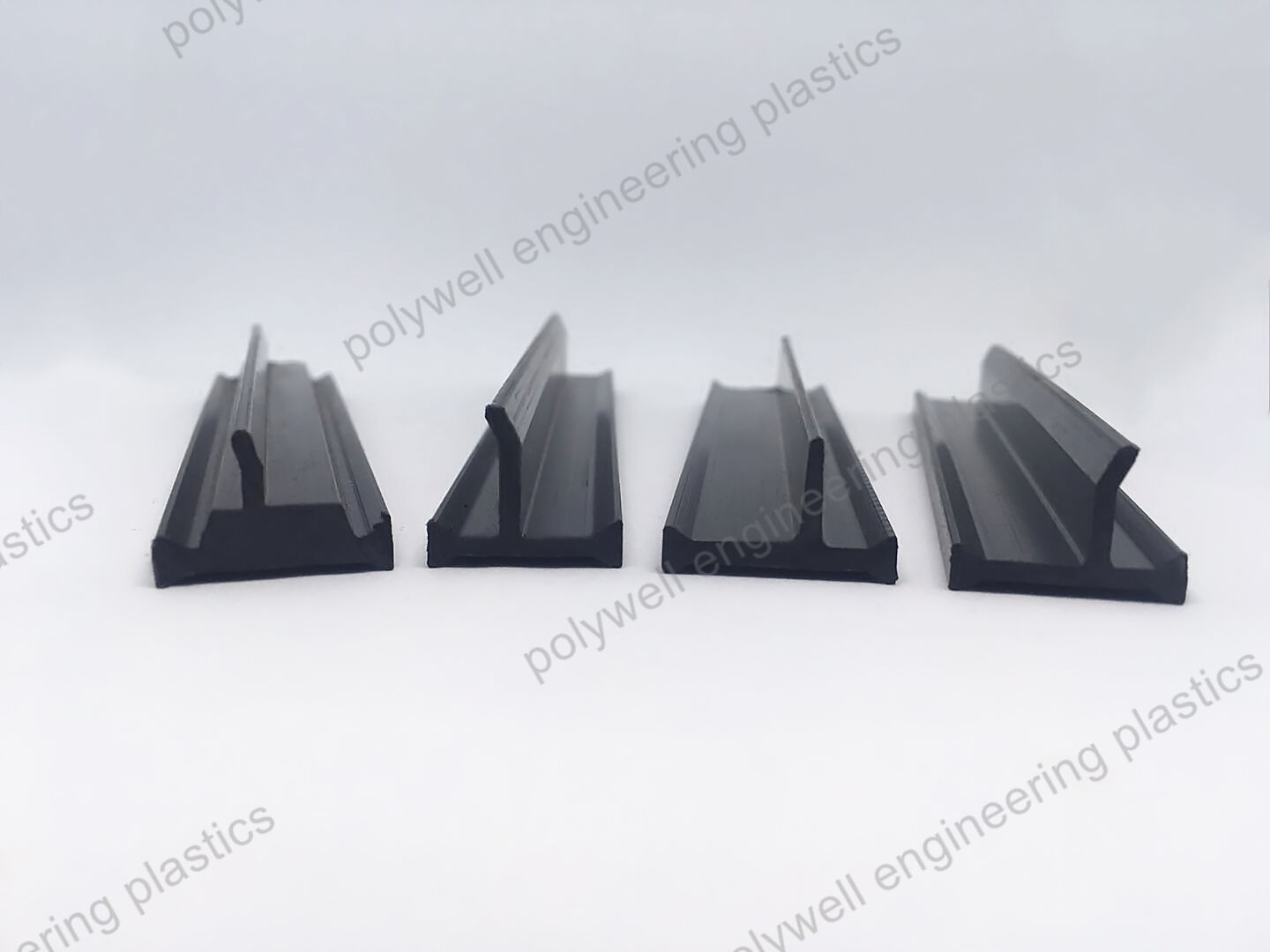
What is a polyamide thermal barrier?
The polyamide strip is a mouldable composite material. Its fibers are oriented in all three dimensions to ensure appropriate strength. As such, manufacturers can use these strips across all types of fenestration, including oversized and impact-resistant systems. Therefore, polyamide thermal barriers are the best for thermal break windows.
Thermal break is a reinforced polyamide strip (a non metallic, composite, structural, material) fixed between the inside and outside profiles, creating an insulated barrier within the window frame.
Over the years, polyamide heat-insulation strip has been widely used in glass curtain walls due to its good properties and low cost.
Especially polyamide 66 reinforced by 25% glass fiber thermal break strips, they are inserted into aluminum window, door and facade profile for thermal insulation.
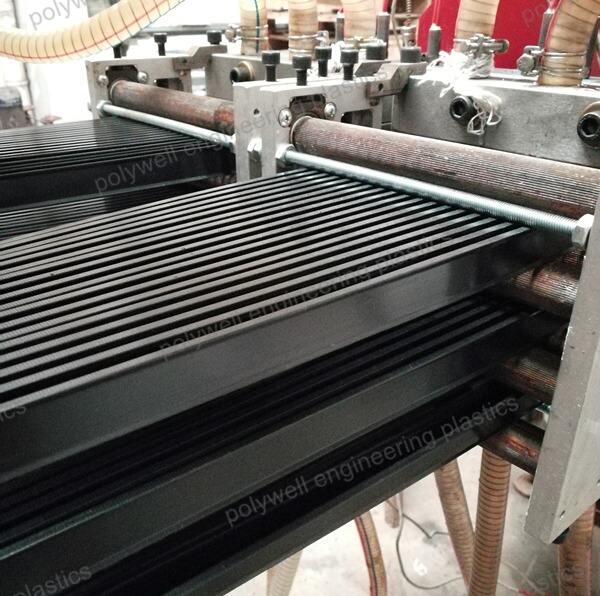
What are the different types of polyamides?
Polyamide (PA) Polyamides are among the most important and proven technical thermoplastics, known for their heat resistance, stiffness and high mechanical stability Polyamides can be classified into different types, with PA 6, PA 6.6 and PA 12 most established on the market.
Our polyamide strips are made of PA6.6 reinforced by 25% fiberglass.
The Function of Thermal Break Windows
1. Broken bridge aluminum thermal break strips reduce heat conduction: the heat broken bridge aluminum alloy profiles are adopted, and the hollow glass structure is adopted. The broken bridge aluminum doors and windows reduce the heat conduction through the doors and windows. In this way, it will not feel hot under the high temperature of the scorching sun in summer. It's cold and windy in winter, and we don't feel cold. This ensures that the indoor temperature is maintained.
2. Prevent condensation: The temperature of the inner surface of the broken bridge aluminum door and window profile with thermal break strips is close to the indoor temperature, reducing the possibility of indoor moisture condensing on the surface of the profile due to supersaturation. This is crucial for the insulation of the window.
3. The broken bridge aluminum thermal break strip plays the role of heat preservation and energy saving. Broken bridge aluminum door and window frames with thermal insulation strips can reduce the heat loss through the window frames by one-third. In summer, if there is an air conditioner, window frames with thermal insulation strips can reduce energy loss more.
4. To protect the environment: through the application of the thermal insulation system of broken bridge aluminum doors and windows, energy consumption can be reduced, and the environmental radiation caused by air conditioning and heating can be reduced at the same time.
5. Broken bridge aluminum thermal break strips are good for health: the heat exchange between the human body and the environment depends on the indoor air temperature, air flow speed and outdoor air temperature. By adjusting the indoor temperature of broken bridge aluminum doors and windows, the use is lower than 12~13 ℃, and the most comfortable environment has been achieved.
6. Broken bridge aluminum thermal break strips reduce noise: the use of hollow glass structures with different thicknesses and heat-insulated bridge-broken aluminum profile cavity structures can effectively reduce the resonance effect of sound waves, organize sound transmission, and reduce noise by more than 30dB.
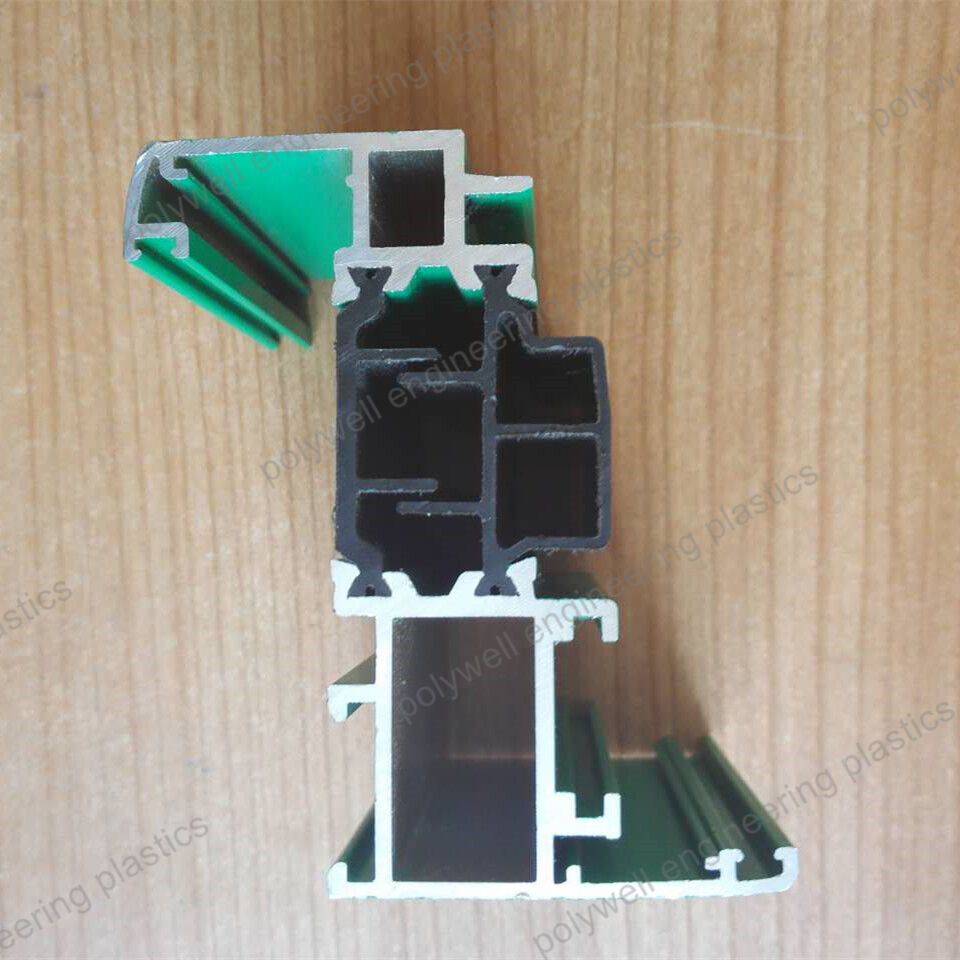
Is a thermal break good?
Adding a thermal break to a window or door prevents both heat and cold from transferring through the frames altogether, alleviating issues that might be caused by extreme environments. By controlling this transfer, thermally broken windows and doors improve energy efficiency.
As an energy-saving, polyamide thermal break profile is the best thermal break material for aluminum profiles connections. Boasting high compressive strength, polyamide thermal break profile is a premier thermal bridging solution that won't compromise a structure's integrity.
Application
Aluminium window has the disadvantage of limited thermal insulation. Its Uf value, which indicates the amount of heat that passes through a window profile, is simply too high. If your windows have standard aluminium profiles, your home may develop condensation, or even mould. Besides the resulting high repair costs, household mould also aggravates respiratory problems such as asthma.
But that disadvantage has now been completely eliminated if you install polyamide strips in aluminum windows. In fact, thanks to the development of a new invention known as thermal break profiles, aluminium is at least as good as its competitors. In these profiles, produced with specialized machines, a polyamide strip is placed between the inner and outer sections of the profile.
Polyamide is a plastic that insulates more than 500 times better than aluminium, so thermal break profiles have a much lower Uf value - and transmit much less heat or cold. As a result, your home stays warmer in winter, while keeping the heat outside more easily in summer.
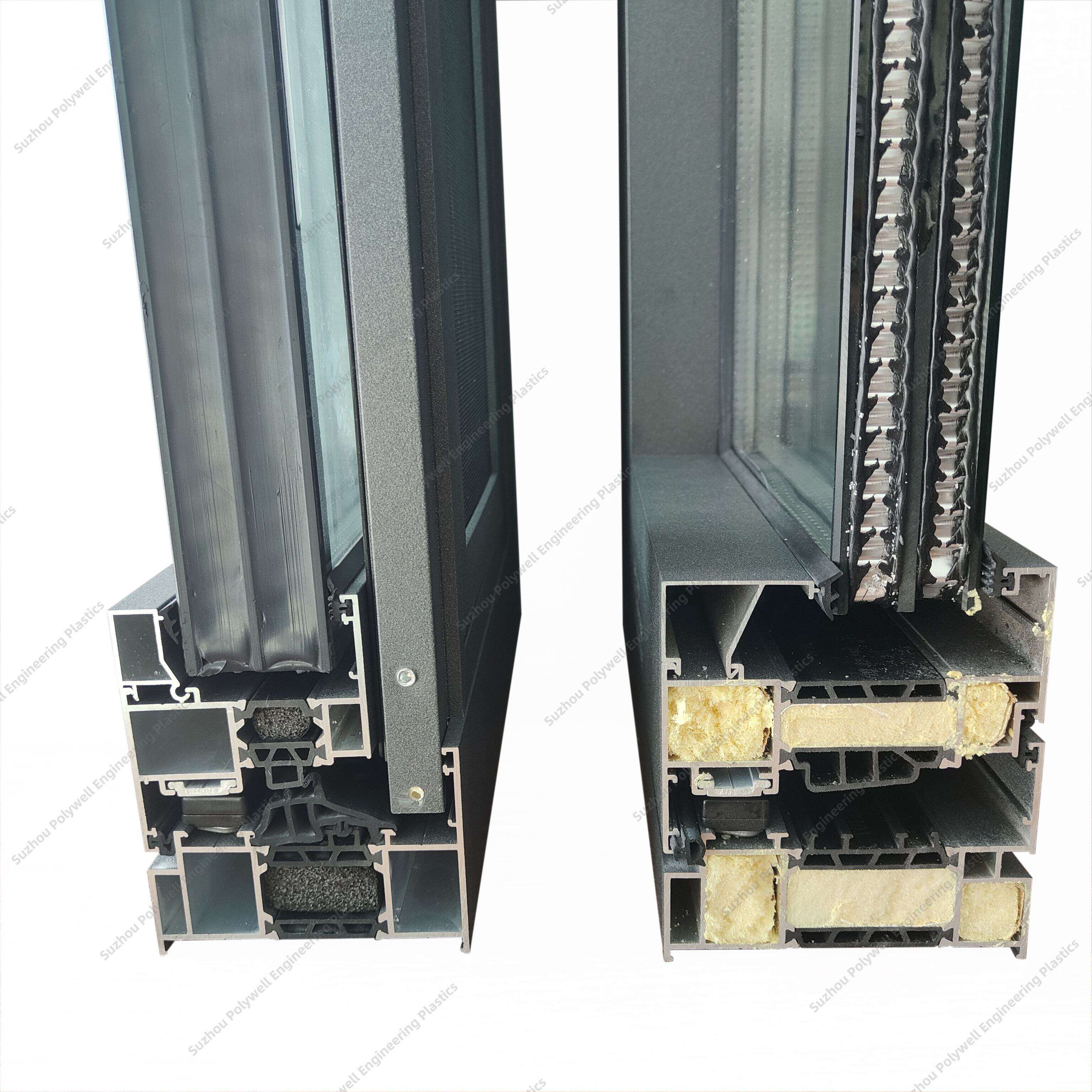
Characteristic of PA strips
According to different storage time and ambient climate, the dimension of PA strips will increase slightly because of the natural moisture absorption. And the mechanical properties will change slightly too.
So, PA strips should be transported and stored under dry conditions away from the influence of weather. (rain, direct sunlight etc.)
What is the Suitable Width for Thermal Break Strips in Windows?
Generally speaking, the wider the heat insulation strip, the better. Under the premise of no damage to the product and the stability and quality of the heat insulation strip, the wider the aluminum insulation strip, the better, because the wider the heat insulation strip, the less heat transfer. The slower the window is, the better the insulation performance of the window is, and the more energy-saving it is, but the insulation strip must use PA66GF25 nylon strip.
On the contrary, if there is no quality assurance of aluminum material, poor or damaged heat insulation strips, and the toughness of the product is not up to standard, it is recommended not to choose windows with too wide heat insulation strips, because the overall airtight system is a whole system , everything has a standard, and the one that fits the standard is the best. If the heat insulation strip is narrow, the heat insulation will be worse. If the heat insulation strip is wide, it will affect the doors and windows. Other materials will be less. The load-bearing strength of the doors and windows will be reduced.
Take 70 broken bridge aluminum doors and windows as an example: the standard width of the window insulation strip is between 2 cm and 2.5 cm, and it should not be too wide or too narrow; if it is 80 series or 90 series broken bridge aluminum doors and windows, wider insulation strips can be used. For heat strips, it is recommended that if the heat insulation strip exceeds 4 cm, it is better to choose imported brand heat insulation strips or brand heat insulation strips produced by domestic large-scale heat insulation strip factories.
When the width of the heat insulation strip reaches more than 40mm, the stability of the system will become worse, and with the increase of the cavity between the heat insulation strips, the loss of heat due to the convection effect will become more and more obvious, so the wider the heat insulation strip, The material composition and design of the heat insulation strip are obviously different from the conventional heat insulation strips. The wider heat insulation strips should use mesh heat insulation strips or spacer cavities in the middle, which greatly improves the stability and heat insulation and sound insulation performance of the heat insulation strips.
Storage Conditions
The strips will be stored in the ventilated and dry environment, horizontally placed, paying attention to waterproof, keeping away from the heat source, avoiding heavy pressure and the contact with acid, alkali as well as organic solvent.
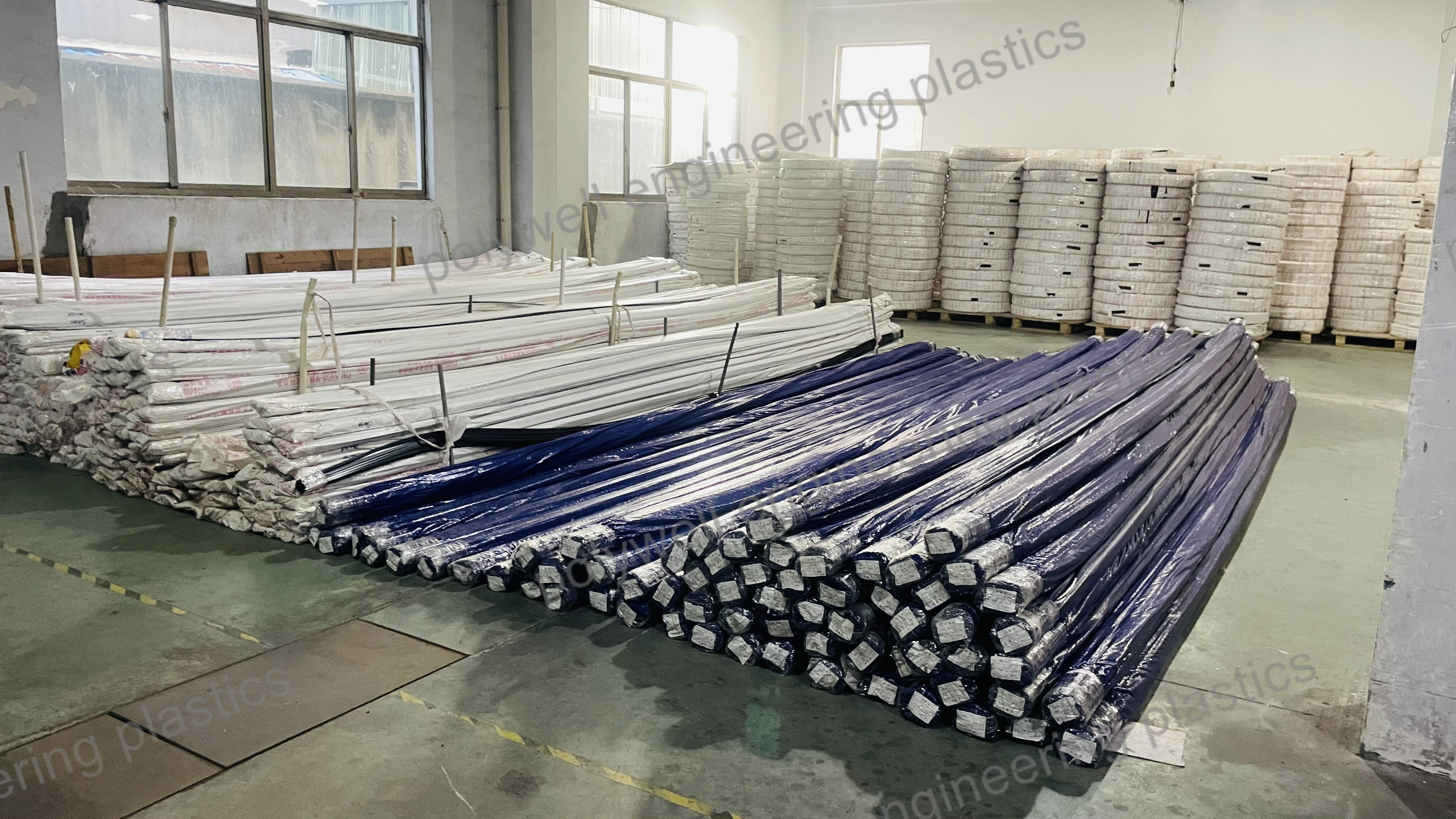
Our service about test
1.Size precision inspection insulation, according to the national standard GB/T23615.1-2017, the size precision of detection for customers of heat insulation strip;
2.Detection and analysis of insulation of internal structure, according to the national standard GB/T23615.1-2017.analyze the internal structure of insulation detection for customers;
3.Insulation density test, according to the national standard GB/T23615.1-2017, the application of electronic weighing instrument for detecting insulation density;
4.According to the national standard GB/T23615.1-2017, the insulation room temperature transverse tensile characteristic value, non-notched impact strength, high temperature and transverse tensile characteristic value of the test;
Different shapes:
I-type thermal break strip is a common insulation material for doors and windows, with a shape similar to the uppercase English letter "I". It is the first generation and easiest shape of polyamide strips.
Compared to other types of thermal break strips, the advantage of I-type strips is that their longer length can better adapt to the width of doors and windows, improving the thermal break effect.
In addition, Type I insulation strips can also adapt to different door and window sizes and specifications through their own shape and structure, with high flexibility and adaptability.
For the I-type strips, we can provide the following size or customize according to customer’s drawing.

The C-type design provides a longer heat conduction path, resulting in better heat insulation performance than I-type strip, while also having better longitudinal load-bearing capacity. Besides, the C-type PA strip is also a necessary condition for the stepped drainage of thermal broken bridge aluminum.
For the C-type strip, we can provide the following size or customize according to customer's drawing.

The design of T-type thermal break strips usually includes a horizontal section and a vertical section, forming a "T" - shaped structure.
This design adds a small section under the thermal break strip, allowing the sealing strip to overlap with the thermal break strips, thereby improving the overall insulation performance.
For the T-type strip, we can provide the following size or customize according to customer's drawing.


Hollow thermal break strip, also known as multi-cavity insulation strip, can reduce heat transfer by changing the air flow path, thereby achieving insulation effect and further improving insulation performance.
Hollow thermal break strip are currently the mainstream products in the market and can support large width sizes. Many thermal break strips with a diameter of 35mm or more on the market are made into multi-cavity shapes, and their longitudinal load-bearing capacity is very high.
For the hollow type strip, we can provide the following size or customize according to customer's drawing.

Product Performance
Item |
Unit |
GB/T 23615.1-2009 |
PW-Technical specification |
Density |
g/cm3 |
1.3±0.05 |
1.28-1.35 |
Linear expansion coefficient |
K-1 |
(2.3-3.5)×10-5 |
(2.3-3.5)×10-5 |
Vicat softening temperature |
ºC |
≥230 |
≥233 |
Melting point |
ºC |
≥240 |
≥240 |
Testing for tensile cracks |
- |
No cracks |
No cracks |
Shore hardness |
- |
80±5 |
77-85 |
Impact strength(Unnotched) |
KJ/m2 |
≥35 |
≥38 |
Tensile strength(longitudinal) |
MPa |
≥80a |
≥82a |
Elasticity modulus |
MPa |
≥4500 |
≥4550 |
Elongation at break |
% |
≥2.5 |
≥2.6 |
Tensile strength(transverse) |
MPa |
≥70a |
≥70a |
High temperature tensile strength(transverse) |
MPa |
≥45a |
≥47a |
Low temperature tensile strength(transverse) |
MPa |
≥80a |
≥81a |
Water resistance tensile strength(transverse) |
MPa |
≥35a |
≥35a |
Aging resistance tensile strength(transverse) |
MPa |
≥50a |
≥50a |
1. Sample water content less than 0.2% by weight.
2. Norm laboratory condition:(23±2)ºC and (50±10)% relative humidity.
3. The specifications marked with "a" only applies to I-shape strip otherwise, the specifications concluded between supplier and buyer through consultation, shall be written in contract or purchase order.
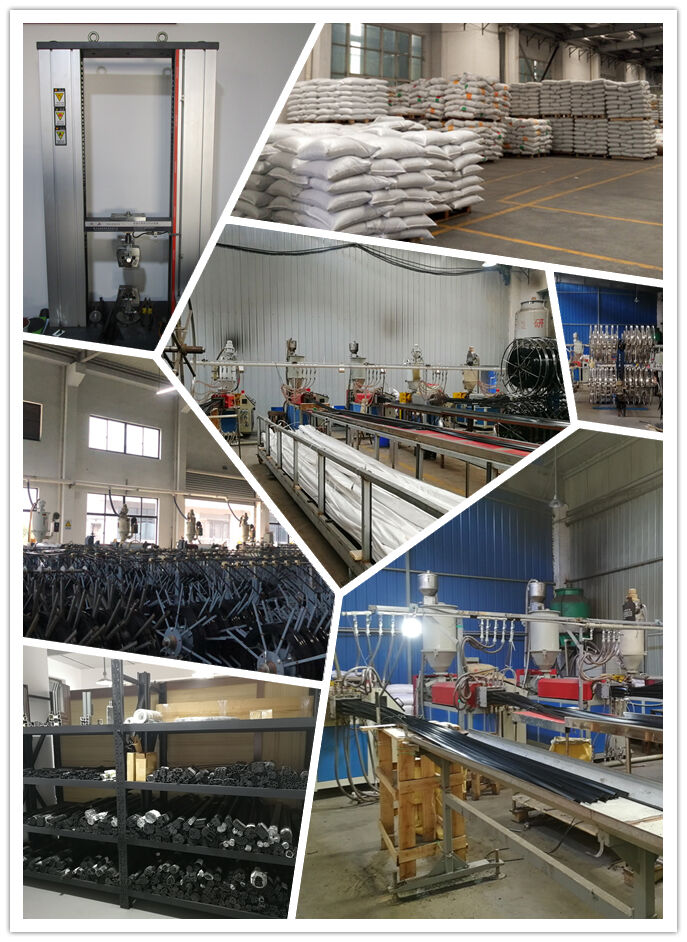
 EN
EN








































